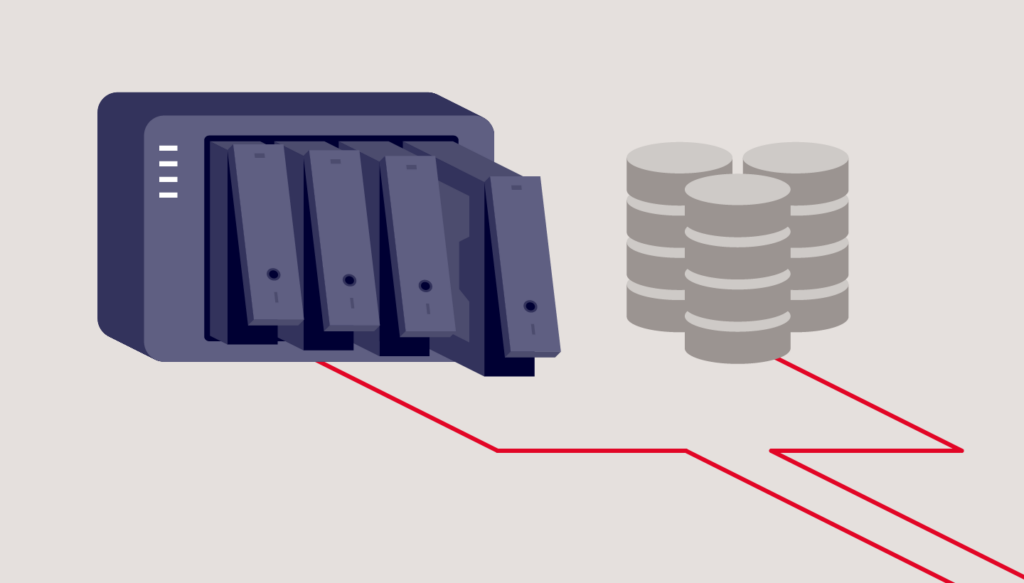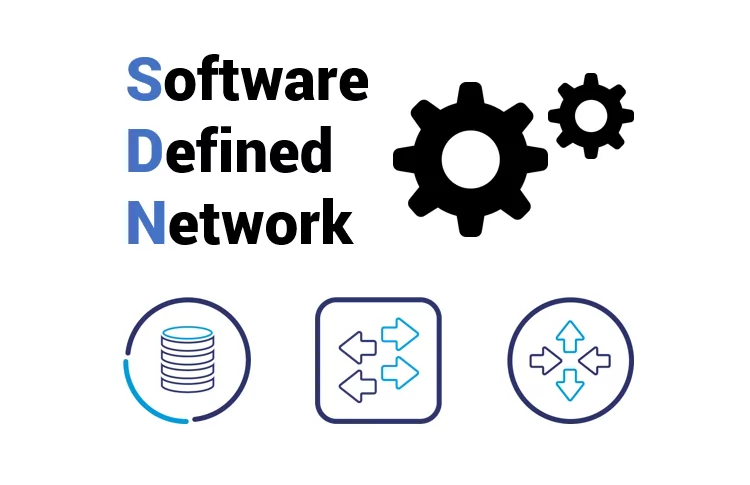
Computers have evolved through several “generations,” each marked by significant technological advancements:
First Generation (1940s-1950s): These were massive machines using vacuum tubes. Think ENIAC and UNIVAC.
Second Generation (1950s-1960s): Transistors replaced vacuum tubes, making computers smaller, faster, and more reliable. IBM 1401 is a classic example.
Third Generation (1960s-1970s): Integrated Circuits (ICs) came into play, which further miniaturized computers. This period also saw the birth of operating systems.
Fourth Generation (1970s-Present): Microprocessors revolutionized everything. Personal computers (PCs) became mainstream, ushering in the era of Apple, Microsoft, and the internet boom.
Fifth Generation (Present and Beyond): Based on artificial intelligence and machine learning. This generation aims for computers that can understand natural language and learn from experience. Quantum computing and advanced AI are at the forefront.






